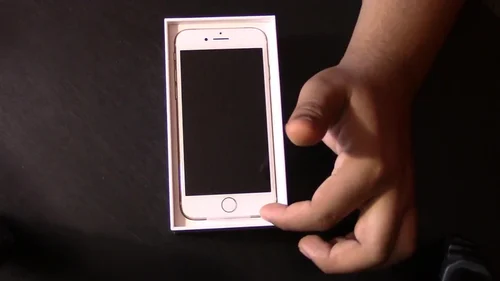There are many different forex trading strategies that you can use to make money on the forex market. These strategies include the Retracement trading method, the Breakdown strategy, and the Keltner Channel. Each strategy is unique in its own way and should be considered before making any trades. You should know the pros and cons of each method before you begin trading in the forex market.
Breakdown strategy
A breakdown strategy for forex trading involves jumping on the move when the forex market slips below a previous support level. This signals a change in sentiment in the market and can be used as an opportunity to short sell. Traders may use this technique in a range of currencies to benefit from further weakness in the price.
The breakdown strategy for forex trading works by using a combination of support and resistance levels and chart patterns. It also incorporates a relative strength index (RSI). This is an oscillator that moves along with the movement of the market. When the RSI reaches a level of over 70, a market is overbought. This could mean the market is overstretched and needs to be sold.
Keltner Channel
The Keltner Channel is a technical indicator that traders use to determine market trends. This indicator was originally created for the commodities market, but it can also be used for forex trading and for stocks, indices, and cryptocurrencies. It helps to predict where prices are going and how much further they can go. It is best used with other technical indicators to confirm the direction of the trend.
This strategy is similar to a Fibonacci retracement-based trade entry. After a price breaks through the Keltner Channel, it should retrace back to the middle line. Alternatively, if the price breaks back through the Middle Line, then it is a signal to enter the trade. However, it is best to wait until the price breaks back above the Middle Line. Depending on the market conditions, this strategy can result in modest profits or large gains.
Retracement trading
Retracement trading as a forex trading technique involves identifying key levels of support and resistance in an asset’s price. Traders usually wait for prices to reach these levels before selling. The idea is that a market will return to the point where it began its uptrend.
Retracement trading as a forex trading technique can be a valuable tool for traders who want to maximize profits in the forex market. It uses the Fibonacci retracement levels to identify important areas in a trending market. However, it is important to use other tools such as trend indicators to determine the direction of an asset. Other indicators, such as the relative strength index, can help traders determine whether an asset is overbought or oversold.
The 50% retracement level is located on the lower high on a trend line. If the daily bar closes above this lower high, it triggers a pending long order to buy at the 50% level. You can also place stops at the lowest point of the down leg, or the low of the second lower high bar. You can then open a second position at the start of a new daily bar. This second position uses the same stop loss and take profit levels as the first one.
Trend following
Trend following forex trading strategies entail following the market trend to capture enduring gains. They don’t try to predict anything, instead they wait for it to shift and then follow it. The goal is to profit from the market’s ups and downs, regardless of whether they are bull or bear markets.
The main difference between trend following and other market analysis models is that trend following doesn’t ask why a particular market move is happening, but rather it just recognizes tradable opportunities. This makes trend following trading strategies a sound choice for a long-term portfolio. If you’re interested in learning more about trend following, you can read about it or interview some trend following legends.
Although trend following may be easy to follow, there are some things to keep in mind when using it. Trend following isn’t for every trader, and you need to know your risk-reward ratio before implementing a strategy. It’s also important to use stop-losses.
Carry trade
A carry trade is a great way to take advantage of currency fluctuations. It is especially effective when central banks are raising interest rates and volatility is low. With such low volatility, traders are more willing to take a risk. The downside is that carry trades tend to be very volatile, so careful risk management is essential.
Carry trades work on two basic principles: borrowing currency from a low-yield country and buying currency from a higher-yielding country. One basic example is the Australian dollar/Japanese yen currency pair. The difference between the two currencies is the interest rate. Although interest rates are quoted as yearly averages, they can change on any day. Nevertheless, some countries maintain low interest rates for extended periods of time. For these reasons, a carry trade is often left open for months.










